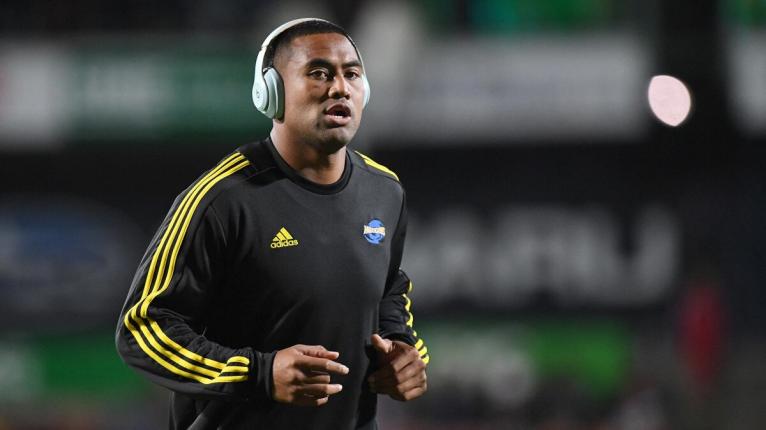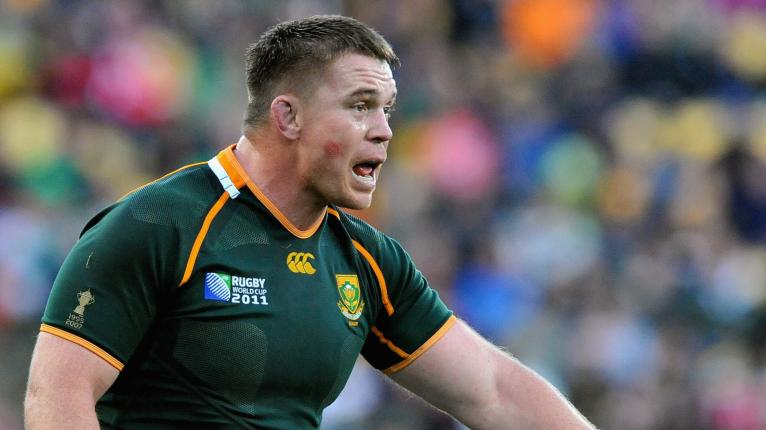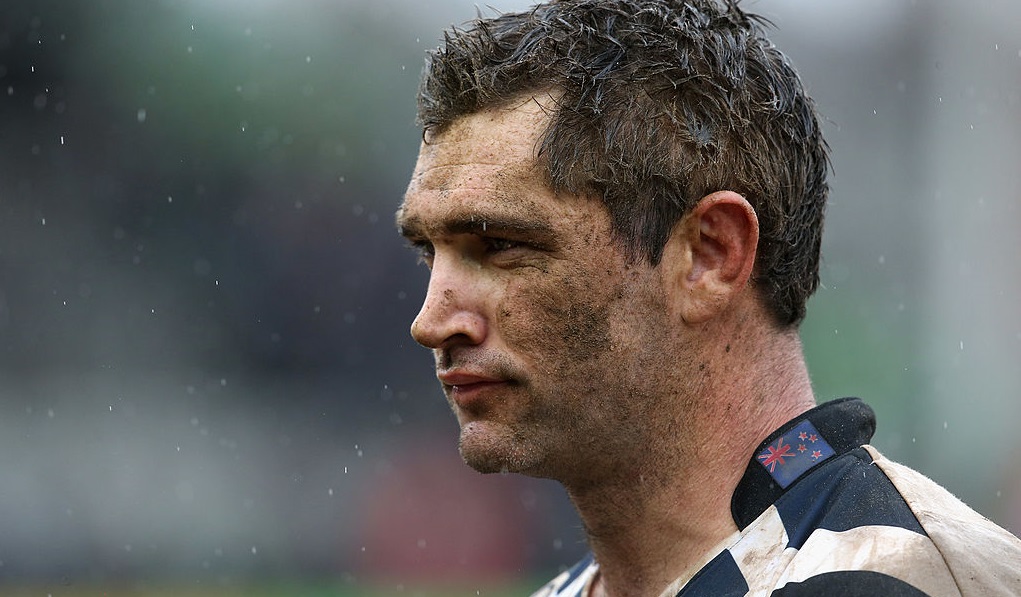15 more of the biggest transfer flops in rugby union history

After releasing the first part of our worst signings in rugby history series, we opened the doors for readers’ suggestions to go alongside those that didn’t make our initial list.
Here are 15 more poor signings.
Stephen Donald, Chiefs – Bath 2011
Donald started the 2011 World Cup as the All Blacks’ fourth choice fly-half enjoying a fishing holiday but ended up kicking the match-winning penalty against France. Bath signed him after they failed to land Dan Carter, but he ended up second choice behind Tom Heathcote within a year of the Auckland final.
Geo Cronje, Blue Bulls – Harlequins 2004
Cronje, who was left out of South Africa’s 2003 World Cup squad after being caught up in a racism row, arrived at The Stoop with a knee injury as a result the nearest anybody came to seeing him in the famous multi-coloured quarters was at a pre-season photo shoot.
Julian Savea, Hurricanes – Toulon 2018
Toulon president Mourad Boudjellal was that upset with the signing of World Cup winner Savea after a defeat to Agen, he told him he was no longer welcome at the club and even demanded a DNA because “this isn’t the Savea that we signed. They must have changed him on the plane.”

Taqele Naiyaravoro, Waratahs – Glasgow Warriors 2015
Fijian-born 6′ 5’ winger Naiyaravoro was a signing that promised the earth and was supposed to take the Pro12 champions to the next level, but it just never happened. The get-clause in his three-year deal was invoked at the earliest opportunity, allowing him to high-tail it out of Scotstoun.
Zinzan Brooke, Auckland – Harlequins 2000
Brooke is one of the best No.8s to ever play the game and was signed by cash-strapped Premiership strugglers on a £200,000 as a player-coach, but his best days were clearly behind him when he arrived in South London and out of his depth. He quit the club in January 2001.
James Haskell, Wasps – Northampton Saints 2018
Marmite back row Haskell signed for Saints because he wanted to extend his international career, but it was a case of the spirit being willing but the flesh being weak. Recurring ankle and toe problems restricted him to just five appearances, and he announced that he was retiring when his contract ended.
Richie Gray, Glasgow Warriors – Sale Sharks 2012
Scotland lock Gray was signed by Sale on a three-year deal amid much fanfare, hailing him as their ‘marquee’ signing. However, despite being a talisman for his country and winning selection for the 2013 Lions tour, he left the North-West for Castres a year later after failing to make an impact.
John Smit, Sharks – Clermont Auvergne 2007
Nobody was quite sure why Clermont wanted to sign the Springboks World Cup-winning captain Smit given they already had one of the world’s best hookers – Mario Ledesma – on the books. Smit struggled to get in the team and filled in at tight-head to get a game leaving after just a season.

Craig Quinnell, Cardiff – Saracens 2002
Saracens put Quinnell up for sale just six months into a four-year deal estimated to be worth £500,000 after failing to impress director of rugby Wayne Shelford, who is reputed to have told him to have told him to remove weight from his backside and get it onto his chest.
Harry Mallinder, Northampton Saints – Black Rams Tokyo 2021
Mallinder came close to winning an England cap when he toured Argentina in 2017. He could play as fly-half, inside centre and full-back but was released after not playing a game in two years so he could follow Louis Rees-Zammit in pursuing a career in the NFL as a punter and kicker under the International Player Pathway.
Owen Finegan, ACT Brumbies – Newcastle Falcons 2005
The Wallaby cut an imposing figure and had played a key role in his club’s winning the Super Rugby title and his country’s winning the 1999 World Cup, scoring a last-minute try. However, he could not replicate his success with The Falcons and departed with a year left on his contract.
Rico Gear, North Harbour to Nelson Bays/Tasman 2005
Gear was struggling to get a game for the Blues, so Nelson Bays broke the bank quite literally to take him to the top of the South Island. The seven games he played in two seasons are estimated to have cost $300,000 (£145,000) or around £20,216 a game. Tasman later had to be bailed out financially by the New Zealand Rugby Union.
Jerry Collins, Hurricanes to Toulon 2008
Collins became the sixth All Black to join the Pro D2 champions after they were promoted to the Top 14. He signed a big-money three-year deal but walked out after a season to move to the Ospreys after only making a modest impact.
Robbie Kempson, Ulster – Northampton Saints 2004
All was not well behind the scenes at Franklins Gardens. The prop only lasted one season at Franklins Gardens because of injury problems and told South African media about “the under-handed agenda of English players at Saints” against Alan Solomons, who had taken him across the Irish Sea.
Waisale Serevi, Mitsubishi Sagamihara Dynaboars – Leicester Tigers 1997
Considered to be one of the greatest sevens players in history, he earned a lot of money from the fifteen aside game without hitting the same heights. His defensive game at Welford Road was seen last best as questionable and his moments of genius were too few and far between.










































































